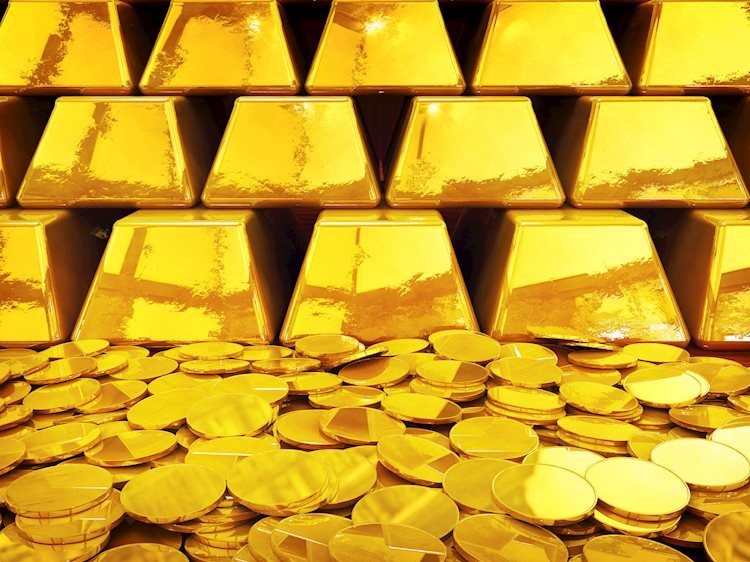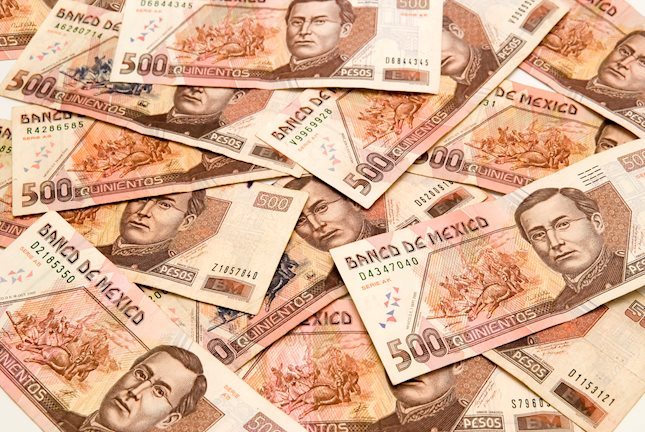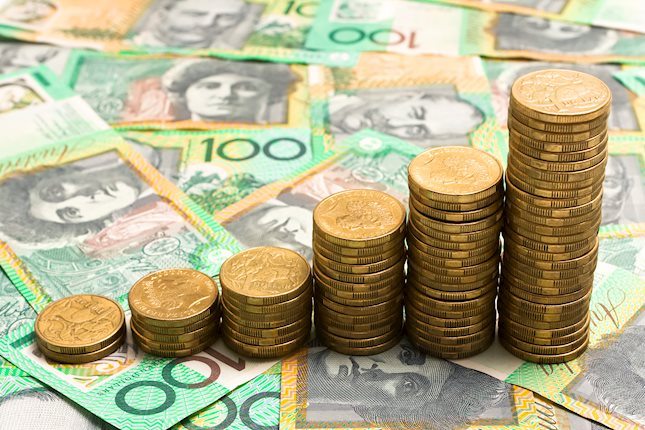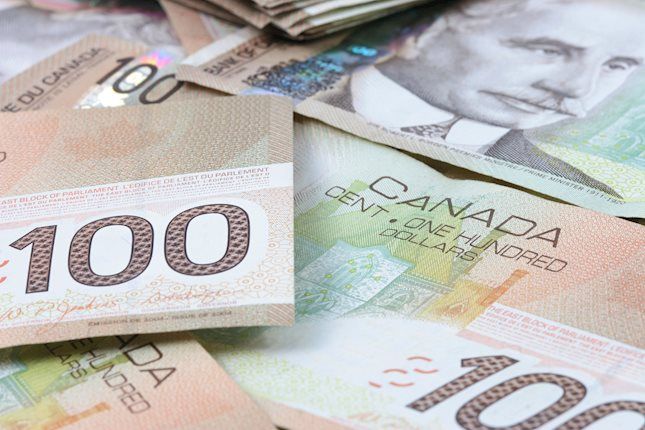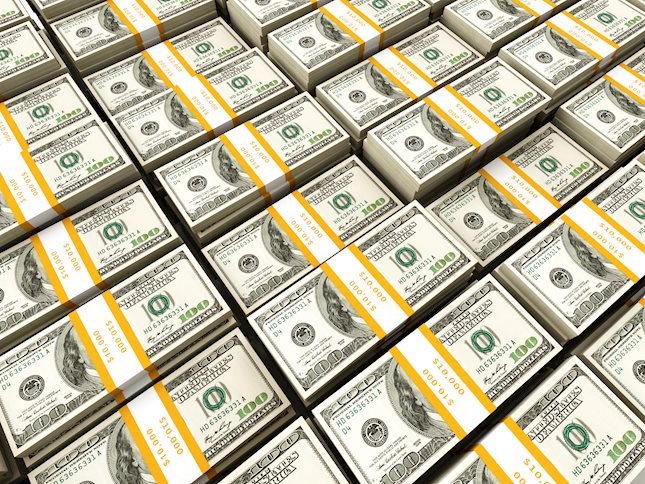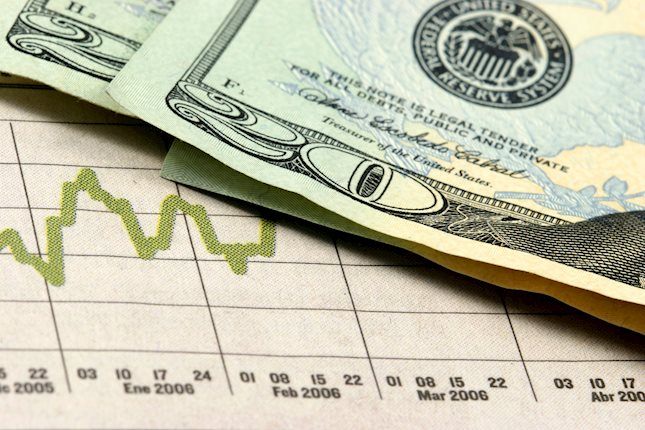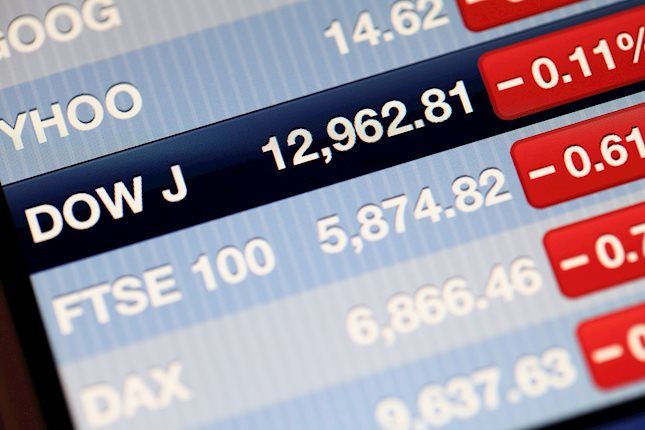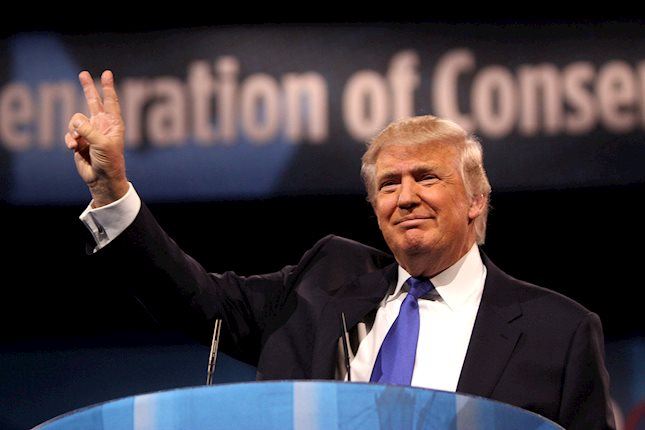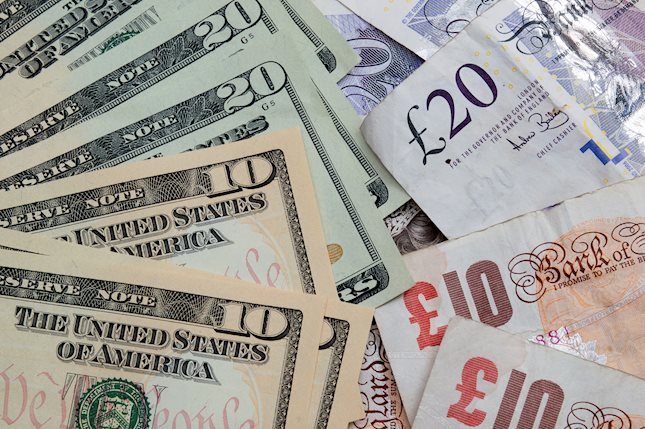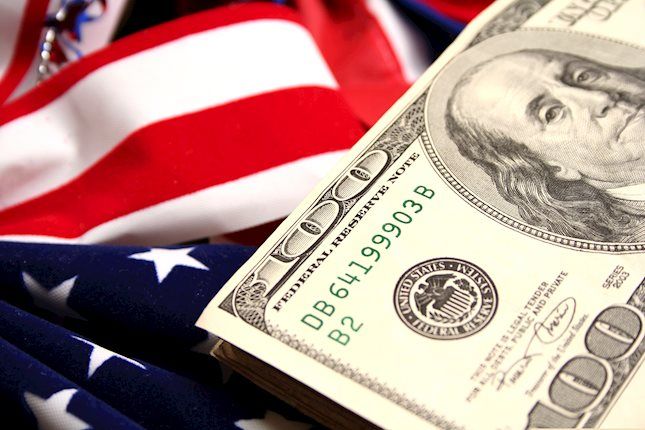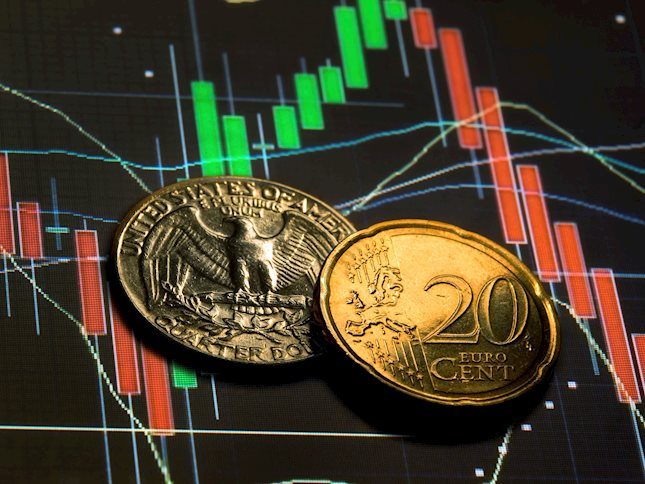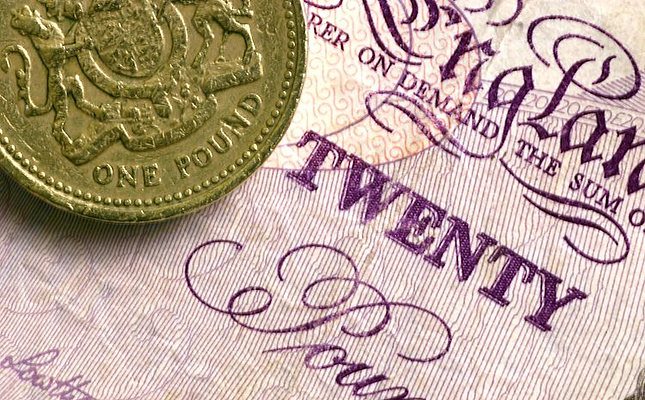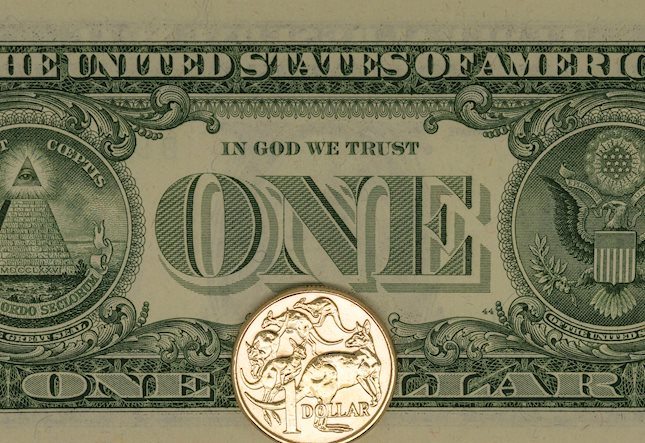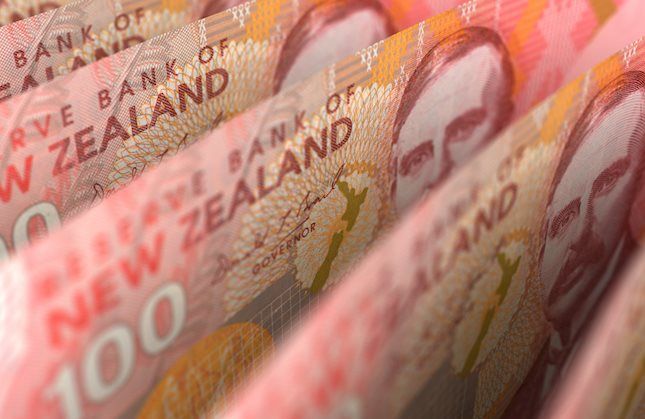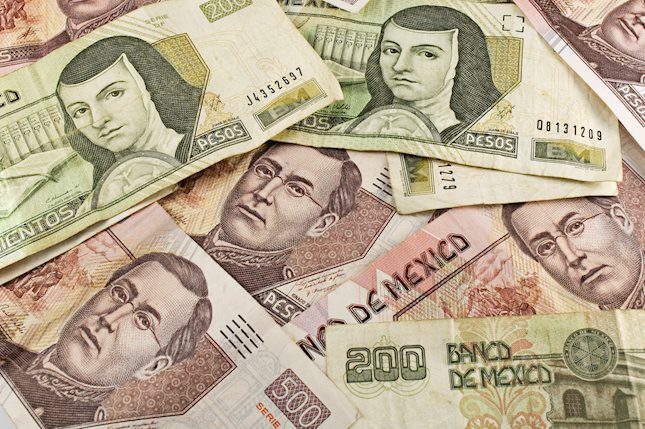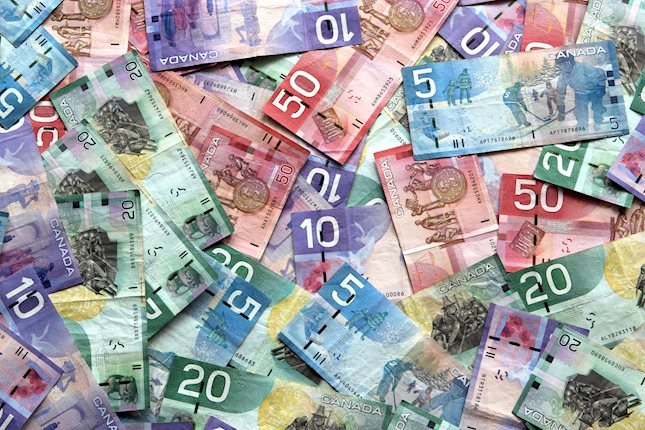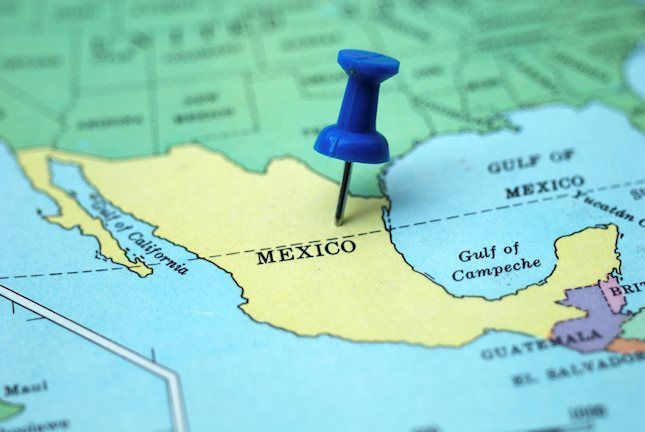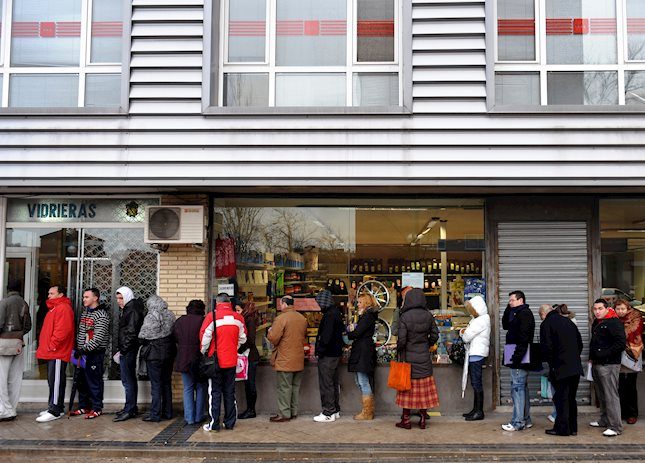India Gold price today: Gold rises, according to MCX data
Gold prices rose in India on Thursday, according to data from India's Multi Commodity Exchange (MCX).
Gold price stood at 73,212 Indian Rupees (INR) per 10 grams, up INR 767 compared with the INR 72,445 it cost on Wednesday.
As for futures contracts, Gold prices increased to INR 73,108 per 10 gms from INR 73,102 per 10 gms.
Prices for Silver futures contracts increased to INR 87,187 per kg from INR 86,865 per kg.
| Major Indian city | Gold Price |
|---|---|
| Ahmedabad | 75,780 |
| Mumbai | 75,530 |
| New Delhi | 75,520 |
| Chennai | 75,730 |
| Kolkata | 75,685 |
Global Market Movers: Comex Gold price edges higher due to cooling US inflation, weaker Retail Sales
- The US Consumer Price Index (CPI) increased by 3.4% YoY in April, compared to a rise of 3.5% in March, which is in line with market expectations. On a monthly basis, the headline CPI inflation dropped to 0.3% MoM in April from 0.4% in March, below the consensus of 0.4%.
- The core CPI inflation, which excludes volatile items like food and energy, rose by 3.6% YoY in April, compared to the previous reading of 3.8%. The monthly core CPI eased to 0.3% MoM in April from 0.4% in March.
- US Retail Sales came in at 0% MoM in April from a 0.6% rise in March, worse than the estimation of 0.4%.
- Fed Bank of Minneapolis President Neel Kashkari said on Wednesday that the central bank needs to watch the economy carefully to see if current policy rates are restrictive enough.
- Financial markets are currently pricing in a nearly 75% chance of a rate cut by the Fed in September 2024, a rise from 65% before the US CPI report, according to the CME's FedWatch Tool.
- According to the World Gold Council's Q1 2024 report, global gold demand climbed by 3% to 1,238 tonnes, marking the strongest first quarter since 2016.
Gold FAQs
Gold has played a key role in human’s history as it has been widely used as a store of value and medium of exchange. Currently, apart from its shine and usage for jewelry, the precious metal is widely seen as a safe-haven asset, meaning that it is considered a good investment during turbulent times. Gold is also widely seen as a hedge against inflation and against depreciating currencies as it doesn’t rely on any specific issuer or government.
Central banks are the biggest Gold holders. In their aim to support their currencies in turbulent times, central banks tend to diversify their reserves and buy Gold to improve the perceived strength of the economy and the currency. High Gold reserves can be a source of trust for a country’s solvency. Central banks added 1,136 tonnes of Gold worth around $70 billion to their reserves in 2022, according to data from the World Gold Council. This is the highest yearly purchase since records began. Central banks from emerging economies such as China, India and Turkey are quickly increasing their Gold reserves.
Gold has an inverse correlation with the US Dollar and US Treasuries, which are both major reserve and safe-haven assets. When the Dollar depreciates, Gold tends to rise, enabling investors and central banks to diversify their assets in turbulent times. Gold is also inversely correlated with risk assets. A rally in the stock market tends to weaken Gold price, while sell-offs in riskier markets tend to favor the precious metal.
The price can move due to a wide range of factors. Geopolitical instability or fears of a deep recession can quickly make Gold price escalate due to its safe-haven status. As a yield-less asset, Gold tends to rise with lower interest rates, while higher cost of money usually weighs down on the yellow metal. Still, most moves depend on how the US Dollar (USD) behaves as the asset is priced in dollars (XAU/USD). A strong Dollar tends to keep the price of Gold controlled, whereas a weaker Dollar is likely to push Gold prices up.
Forex News
Keep up with the financial markets, know what's happening and what is affecting the markets with our latest market updates. Analyze market movers, trends and build your trading strategies accordingly.
